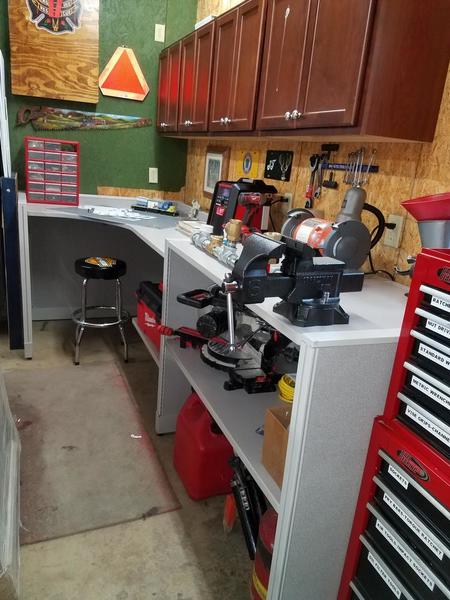Hi,
Finally have a place to build a workbench,test track, and model building area. I have a large area and starting from scratch.
I know everyone has a preferred method, and welcome your input.
What width and height do you use for scratch building? Best width to work on train maintenance an d repair?
What is your preferred tabletop surface?
Thanks,
Bob








